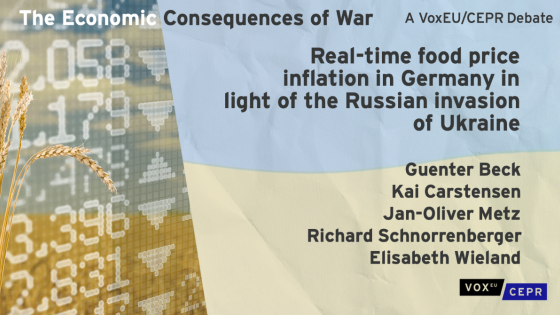DP11262 Consumers' Costly Responses to Product Harm Crises
Exploiting a major food safety crisis, we estimate a full demand model for the unsafe product and its substitutes and recover consumers' preference parameters. Counterfactual exercises quantify the relevance of different mechanisms -changes in safety perceptions, idiosyncratic tastes, product characteristics, and prices- driving consumers' responses.
We find that consumers' reaction is limited by their preferences for the product observable and unobservable characteristics. Due to the costs associated with switching from the affected product, the decline in demand following a product-harm crisis tends to understate the true weight of such events in consumers' utility. We find that, in the specific crisis we study, the demand would have declined 19% further if consumers had had access to a closer substitute in terms of product characteristics and 23% further if consumers' idiosyncratic unobserved taste for the affected product category was as low as that for one of the main substitute categories.
For an accurate assessment of product-harm crises, managerial strategies should therefore account for how different demand drivers bind consumers' substitution patterns.

